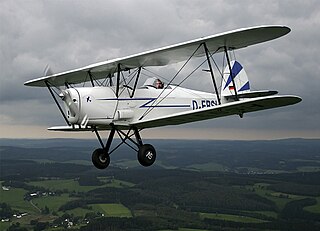
The Stampe et Vertongen SV.4 is a Belgian two-seat trainer/tourer biplane designed and built by Stampe et Vertongen. The aircraft was also built under licence in France and French Algeria.

The Foster Wikner Wicko was a 1930s British two-seat cabin monoplane built by the Foster Wikner Aircraft Company Limited at Southampton Airport, Hampshire.

The Praga BH-111 was a sportsplane of Czechoslovakia, designed and built specifically to compete in Challenge 1932, the European touring plane championships. It was a two-seater low-wing monoplane.

The de Havilland DH.71 Tiger Moth was a British single-seat monoplane, designed to research high-speed flight and to test replacement engines for the Cirrus. Only two were built.

The Miles M.7 Nighthawk was a 1930s British training and communications monoplane designed by Miles Aircraft Limited.
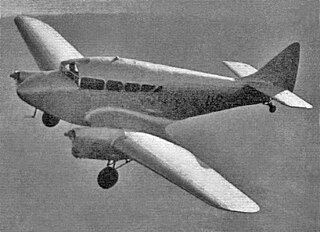
The Miles M.8 Peregrine was a 1930s British twin-engined light transport monoplane designed by Miles Aircraft Limited.
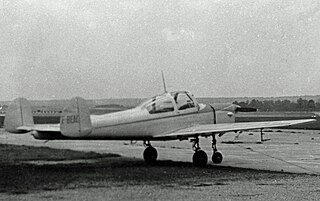
The Max Holste MH.52 was a 1940s French-built two-seat touring or training monoplane designed and constructed by Avions Max Holste.

The Sparmann S-1 was a 1930s Swedish military training monoplane, designed by Edmund Sparmann, built in small numbers for the Swedish Air Force. The S-1 was a single-seat low-wing braced-monoplane with a fixed trail-skid landing gear. It was powered by a single 130 hp (97 kW) de Havilland Gipsy Major engine.

The de Havilland T.K.1 was a 1930s British two-seat biplane and the first design built by students of the de Havilland Technical School.

The de Havilland T.K.5 was an unflown 1930s British single-seat canard research aircraft, designed and built by students of the de Havilland Technical School.

The de Havilland DH.81 Swallow Moth was aimed at the low-cost sporting aircraft market during the Great Depression. It was a single-engined two-seat low-wing monoplane; only one was built.

The de Havilland T.K.2 was a British 1930s single-engined monoplane, designed by students of the de Havilland Aeronautical Technical School. It won two races before World War II, and afterwards set a class closed circuit speed record.

The Miles M.13 Hobby was a small low-winged monoplane built for racing and research in the United Kingdom just before World War II. A single engined single seater, it ended its days in the wind tunnel at the R.A.E.
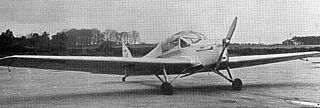
The de Bruyne DB-2 Snark was a British experimental four-seat cabin monoplane designed by N. A de Bruyne and built by Aero Research Limited (ARL) of Cambridgeshire. It was built to test low weight, bakelite-bonded plywood, stressed skin wing and fuselage structures.

The Breda Ba.33 was an Italian light sport aircraft designed and built by the Breda company.
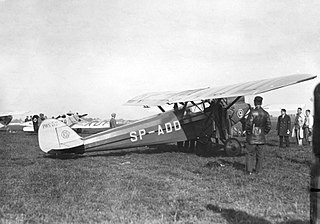
The PWS-52 was a Polish sports aircraft of 1930, a single-engine high-wing monoplane, constructed by the Podlaska Wytwórnia Samolotów (PWS), that remained a prototype.

The Comte AC-12 Moskito was a 1930s Swiss three-seat light touring cabin monoplane produced by Flugzeugbau A. Comte.

The CASA III was a 1920s Spanish two-seat monoplane, designed by Luis Sousa Peco and built by Construcciones Aeronáuticas SA (CASA) at Getafe near Madrid.
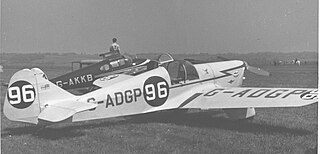
The Miles Hawk Speed Six was a 1930s British two-seat light monoplane, developed by Miles Aircraft from the Miles Hawk Major by fitting the longer and more powerful Gipsy Six engine and removing the forward crew member.
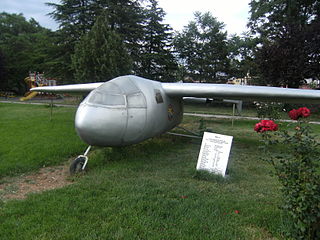
The THK 11 was a 1940s prototype Turkish four-seat monoplane, designed by Stanisław Rogalski and built by Türk Hava Kurumu.




















